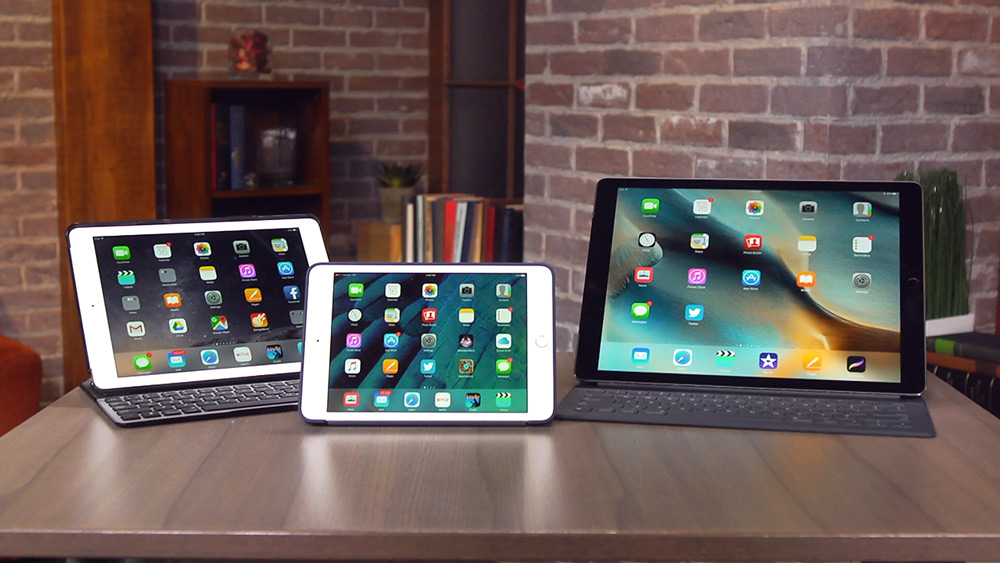
Choosing the right tablet size for easy portability
Tablets have become indispensable devices for solving a wide range of tasks, from work and entertainment to education and creativity. When choosing a tablet, one of the most important aspects to consider is its size. The size of the tablet affects not only the viewing experience, but also its portability. Choosing the right tablet size for ease of portability is essential to ensuring the device fits seamlessly into your daily life. To help you make an informed decision, here are a few factors to consider:
1. Purpose of use
The first step in determining the appropriate tablet size is to determine your primary use case. Different tasks and activities can benefit from different screen sizes. Here's a breakdown of how tablet size can fit specific purposes:
-
{eleven}
-
Productivity: For productivity tasks like word processing, spreadsheets, or note-taking, a medium-sized tablet (approximately 10 inches) provides a convenient screen size. It offers plenty of screen real estate for multitasking without sacrificing portability.
-
Entertainment: If your tablet will be used as your primary device for watching movies, playing games, or consuming multimedia content, a larger tablet (10 inches or larger) with a larger screen can provide a more immersive experience.{27 }
-
Art and Design: If your tablet will be used for digital art, graphic design, or other creative endeavors, you may need a larger tablet with precise stylus support to provide enough canvas space for creativity.{33 }
Reading and browsing the web: If you primarily read e-books, articles, or web content, a smaller, more compact tablet (usually around 7-8 inches) may be ideal. These tablets are lightweight and easy to hold with one hand, making them ideal for long reading sessions.
2. Mobility
The portability of a tablet is closely related to its size. Consider where and how you plan to carry your tablet:
-
On the go: If you want a tablet that you can effortlessly slip into your bag, wallet, or even a roomy pocket, consider a smaller, more portable size.
-
Travel: Travel-friendly tablets tend to be compact and lightweight, making them ideal travel and commuting companions.
-
Home Use: If your tablet will primarily be used at home, a larger screen size may be more convenient for long-term use, especially for activities such as watching movies or working on projects.{59 }
3. Comfort and ergonomics
Ease of handling and comfort during use should not be underestimated:
-
One-handed use: Smaller tablets are easier to use with one hand, especially when you need to hold the tablet for long periods of time.
-
Two-handed use: Larger tablets may require the use of both hands, but can provide greater immersion and comfort for certain tasks.
-
Weight: Pay attention to the weight of the tablet, as heavier tablets may become unwieldy to store for long periods of time.
4. Budget
Budget is another key factor when choosing the right tablet size. Smaller tablets tend to be more cost-effective, while larger tablets with advanced features may cost more. Finding a balance between size and affordability is the key to making smart choices.
5. Test it in person
If possible, visit a store to test out different tablet sizes in person. Handling and interacting with a device in person can give you valuable information about its comfort and ergonomics, which will help you make a more informed decision.
In conclusion, choosing a tablet of the right size for portability requires careful consideration of your intended use, portability requirements, comfort, budget, and personal preference. By assessing these factors, you can choose a tablet size that fits seamlessly into your daily routine and improves your overall tablet experience. Whether your priority is portability, productivity, or entertainment, the right tablet size can make a big difference in your satisfaction with the device.






